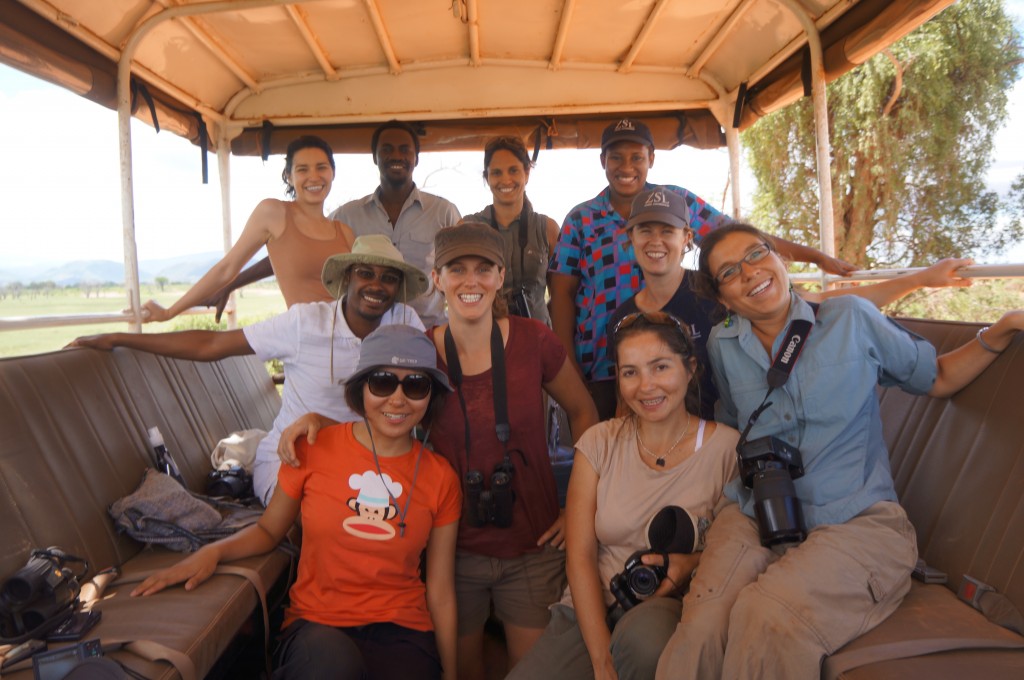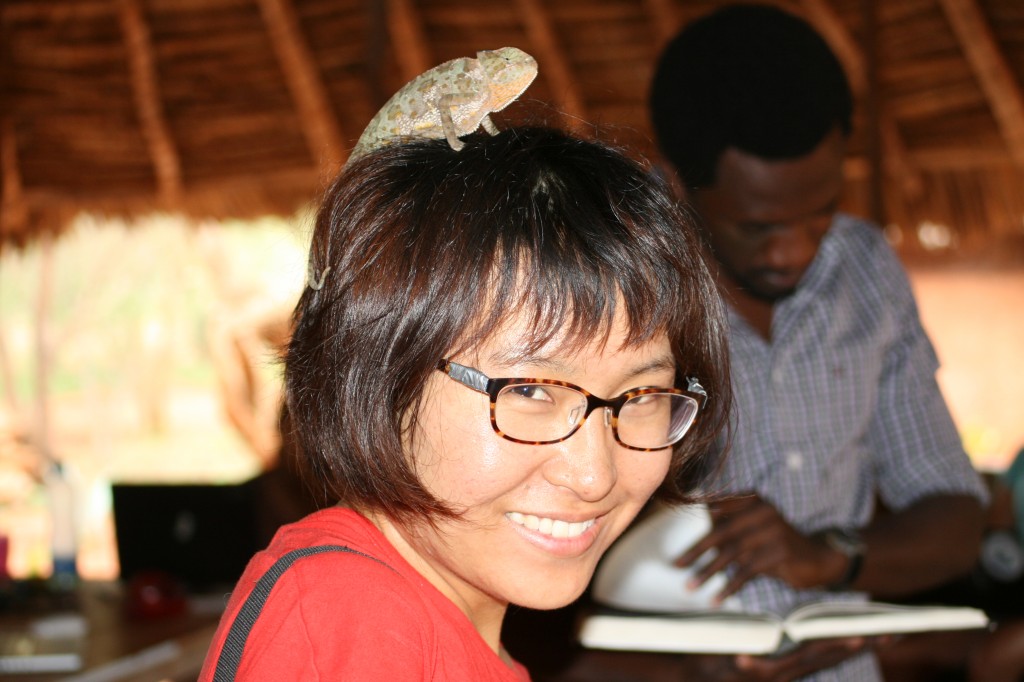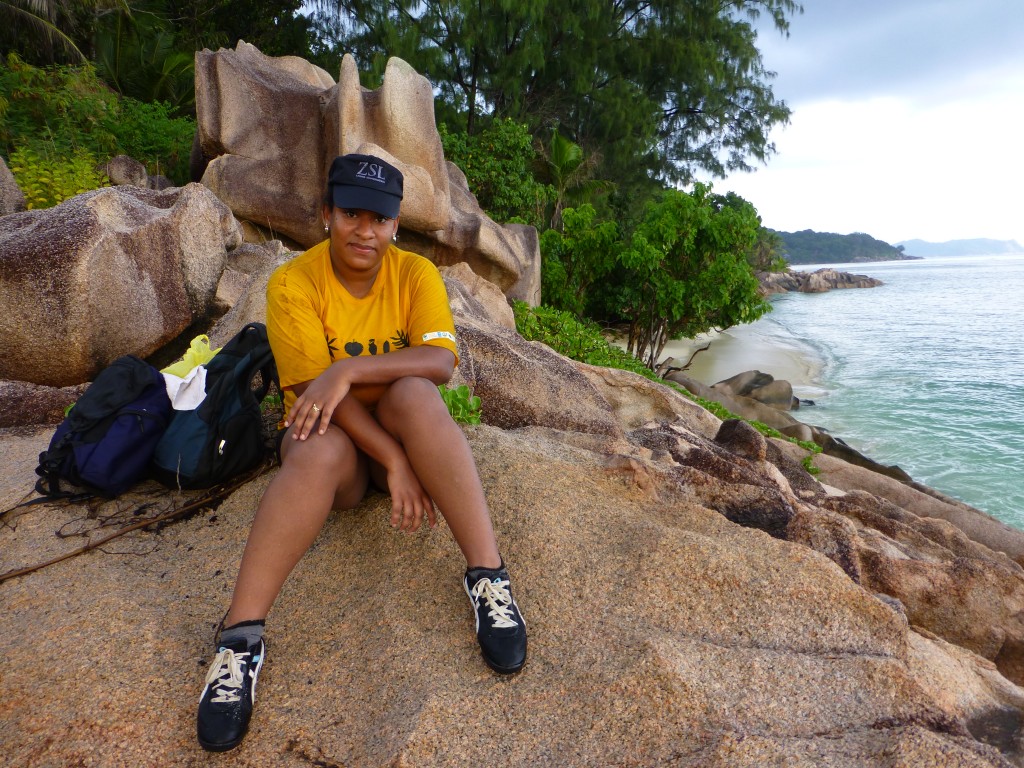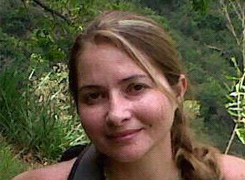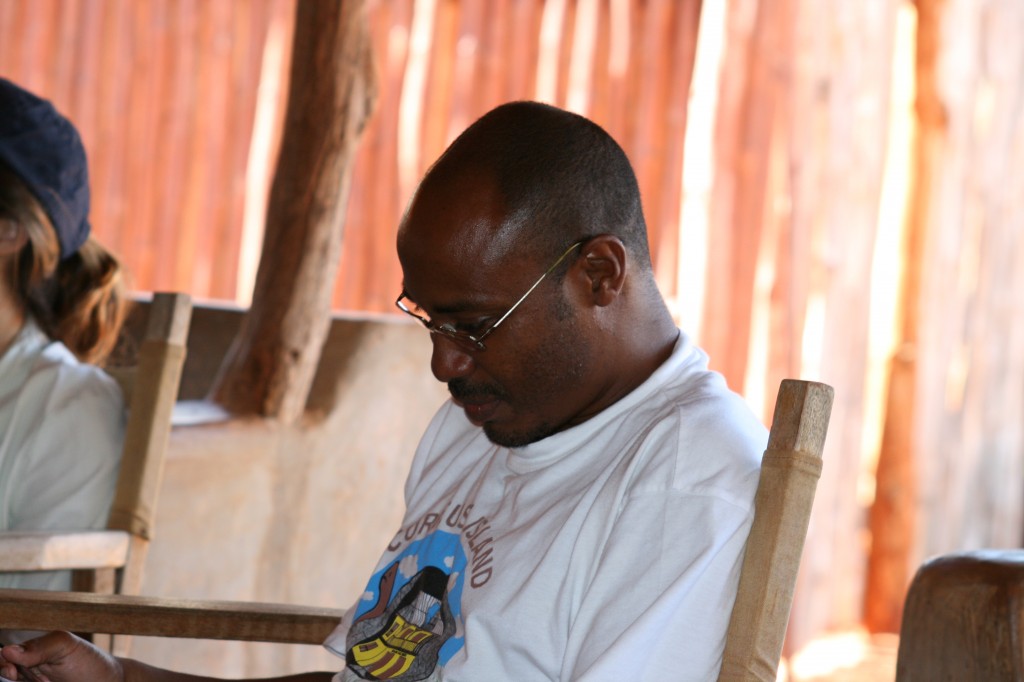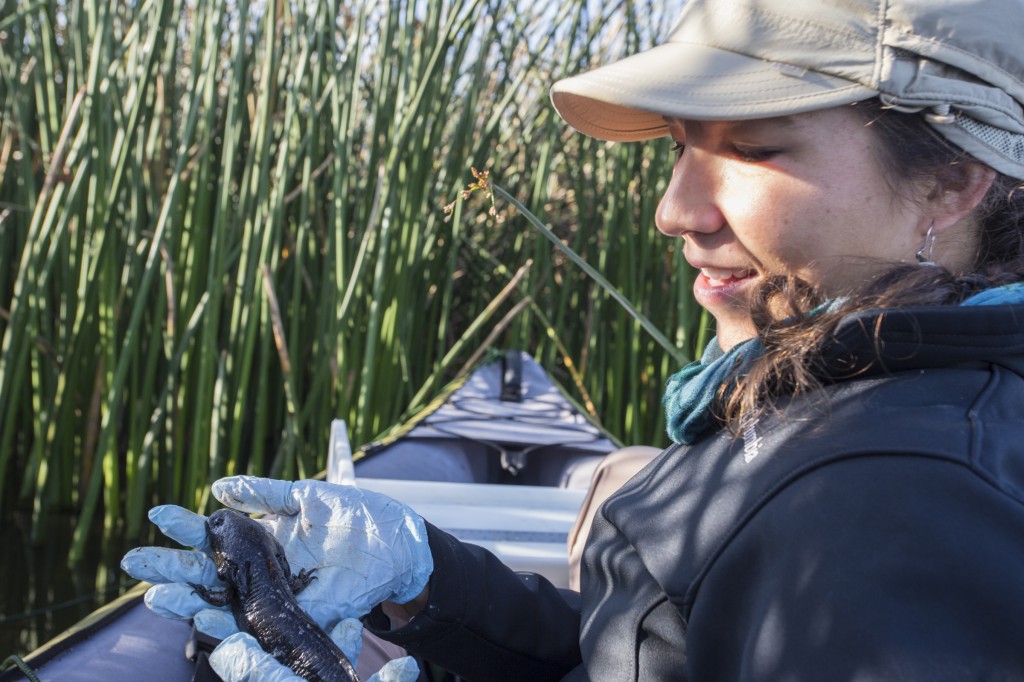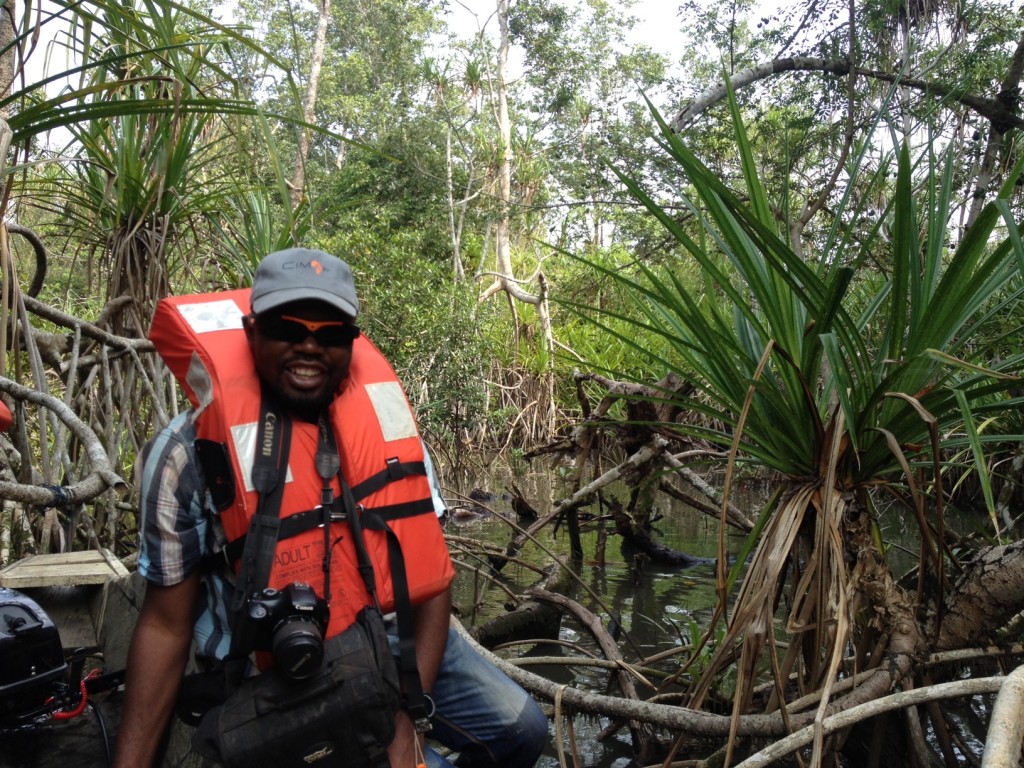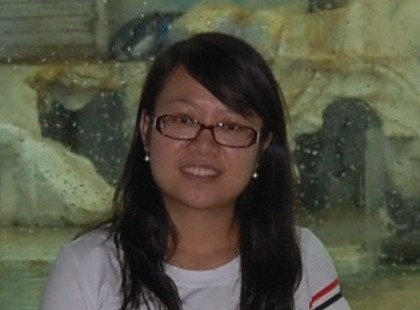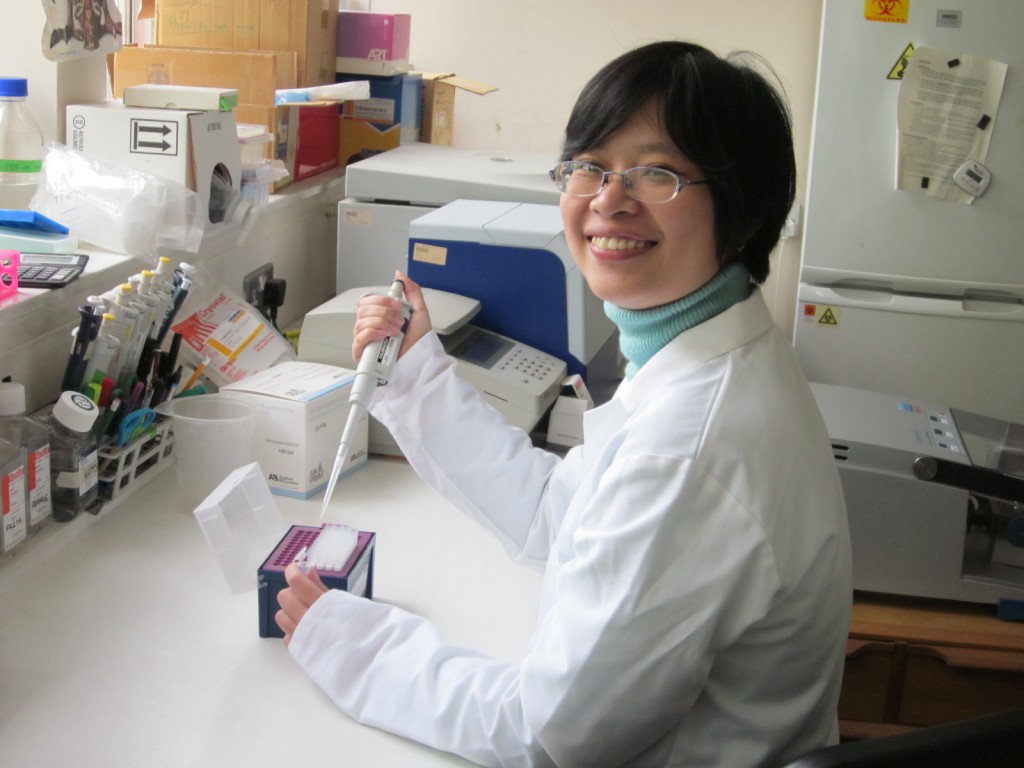Come the fall, London will experience an amazing invasion of endangered species (researchers) when the EDGE fellows come to town! This September, nine EDGE fellows from the 2013-15 cohort will make the long journey to England for a two week Conservation Leadership course to prepare them for continuing their projects post-fellowship. Along the way, they’ll attend a “Meet the Fellows” reception, learn fundraising and financial planning, and have the chance to meet and network with some of ZSL’s home experts. The Fellows joining us this year are:
EDGE Fellow: Becky Shu Chen
Location: China
EDGE Species: Chinese Giant Salamander
Becky is the project coordinator for the Department of Zoology, leading campaigns to raise awareness of the plight of the Chinese giant salamander. She coordinated the project “A Sustainable Future for the Chinese Giant Salamander”.
EDGE Fellow: Diana Renaud
Location: Seychelles
EDGE Species: Sheath-tailed bat
Diana is a conservation officer for the Department of Environment and Energy. She is working to develop a long-term conservation plan for the sheath-tailed bat by developing legislature and educating the public. In addition, she will be surveying the islands to learn more about this extremely rare mammal.
EDGE Fellow: Francoise Cavada
Location: Venezuela
EDGE Species: Pillar coral
Francoise is working as a research assistant to the Simon Bolivar University. Her EDGE project is taking place in the Archipelago Los Roques National Park (ALRNP), where she is studying the development of the reef and the impact of coral bleaching, pollution, and increased tourism.
EDGE Fellow: James Mougal
Location: Seychelles
EDGE Species: Sooglossid frogs
James is a research officer for the Seychelles National Parks Authority. Passionate about the tiny sooglossid frogs, James is developing the first field study of these animals, hoping to learn more about their distribution and numbers. His hope is to set up a long-term monitoring program within the national park.
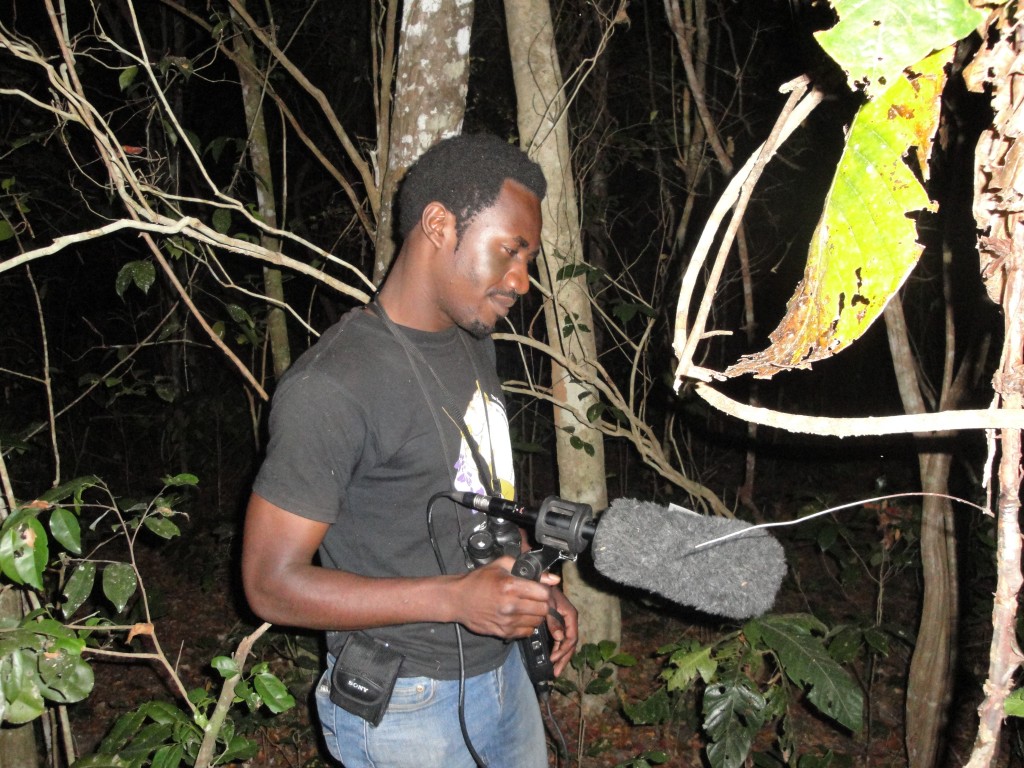
Location: Tanzania
EDGE Species: Rondo Dwarf Galago
Justine is a Forest Biodiversity Monitoring Coordinator with the Tanzanian Forest Conservation Group, conducting biodiversity surveys and assessing the quality of the habitat. He is devoted to preserving the biodiversity of the Tanzanian forest, and is currently researching the distribution and threats facing the rondo dwarf galago.
EDGE Fellow: Karla Pelz
Location: Mexico
EDGE Species: Lake Lerma Salamander
Karla’s work centres around the Cienegas del Alto Lerma wetland, once the largest area of wetland in central Mexico, now a fraction of its former size. She is devoted to studying the distribution and genetic health of the endemic Lake Lerma salamander, educating the public about its existence, and setting up a long-term monitoring program.
EDGE Fellow: Paul Rodrigue Ngafack
Location: Cameroon
EDGE Species: West African Manatee
Paul’s research is centred around manatee distribution and preferred feeding grounds, and how they might overlap with human fishing spots. He hopes to protect the most important feeding areas to prevent manatee deaths from entanglement in fishing gear.
EDGE Fellow: Fang Yan
Location: China
EDGE Species: Chinese giant salamander
A geneticist working for the Kinming Institute of Zoology, Fang is working to study the mitochondrial lineages of wild Chinese giant salamanders. She hopes to use this information to study the full population genetics and use this as a basis to set up a long-term conservation strategy.
EDGE Fellow: Feng Zhou
Location: China
EDGE Species: Chinese Giant Salamander
Disease is a huge threat to the existence of the Chinese giant salamander. With her background in developmental biology, Feng hopes to analyse and diagnose illness in the populations of the Chinese giant salamander and determine how they can best be protected.
